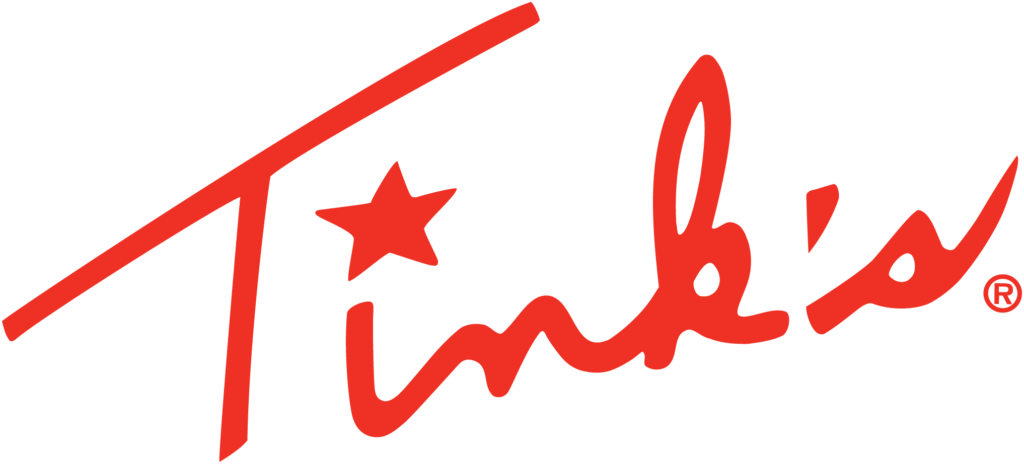Press Release – For Immediate Release
CWD Testing on Urine Based Scents….
August 2019…
Wildlife Research Center® and Tink’s®, the leading manufacturers of quality hunting scents, partnered together to fund a study with CWD Evolution, LLC. that has now led to a CWD testing protocol known as the RT-QuIC test process, that is specifically designed for testing deer urine for CWD contamination. This allows manufacturers of deer and elk scents to test and verify that no CWD is detected in the urine used in their products.
While the risk of urine-based scents spreading CWD is virtually zero, there is a lot of false and misleading information driving policy and regulations regarding urine-based scents and CWD. Unfortunately for hunters, some states have acted on this bad information and actually banned the use of urine-based scents. The test verifies that no detectable levels of CWD are found and provides a final confirmation that the products are safe for use and without risk of spreading CWD.
“We sought out the most recognized authorities regarding CWD transmission via urine to get their opinion. These scientists also happen to be the lead authors of the most commonly misinterpreted studies cited when a urine ban has been put in effect. We are 100% confident that our products pose no risk of spreading CWD. This test is just a confirmation of that fact.” says Phil Robinson of Tink’s®.
“Our industry is committed to the health of wild cervids and the sport of hunting. This is a break-through for our industry and for all the loyal hunters that use our products. This test confirms what we already know and provides a clear and simple tool to keep rule makers from taking this important tradition and tool away from hunters.” says Sam Burgeson of Wildlife Research Center®.
Tink’s® and Wildlife Research Center® have already begun testing their urine in 2019 and others will be soon to follow. Beginning in 2020, bottles will carry the “RT-QuIC Tested” logo on their labels for easy identification.
You may also like
-
First Case of CWD in Manitowoc County
-
Regarding notification for the first CWD positive result in a county.
-
Hunting Can Help Slow The Spread Of CWD
-
Multi-Layer Composite Heat Release Barrel Technology from Avient Accelerates Heat Transfer for Improved Shooting Performance
-
COMING THIS SPRING: OUTDOORSMEN EXPO 2-8-2025
